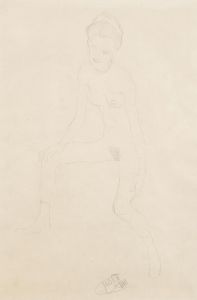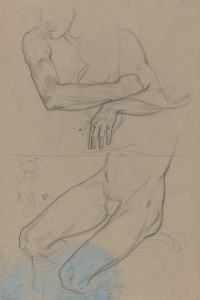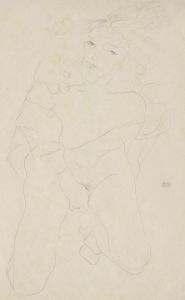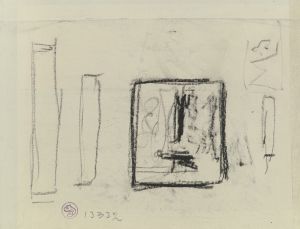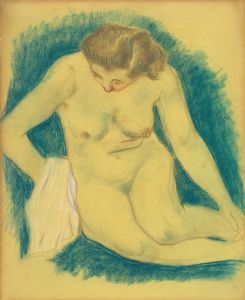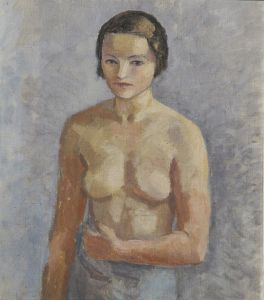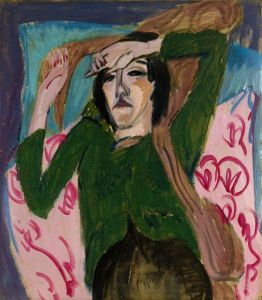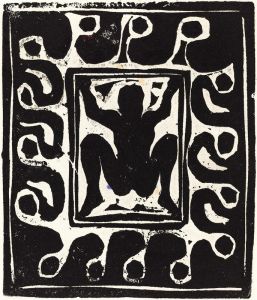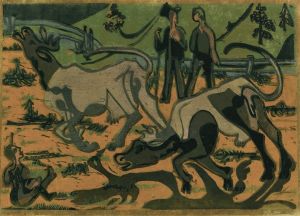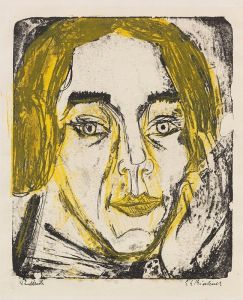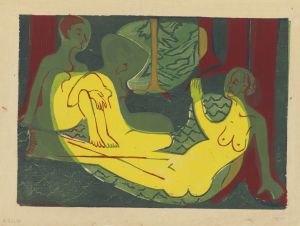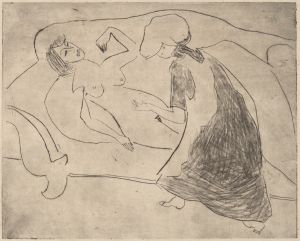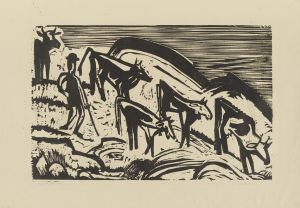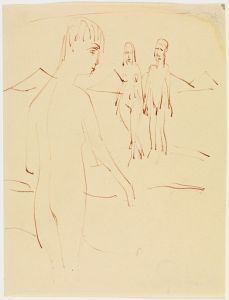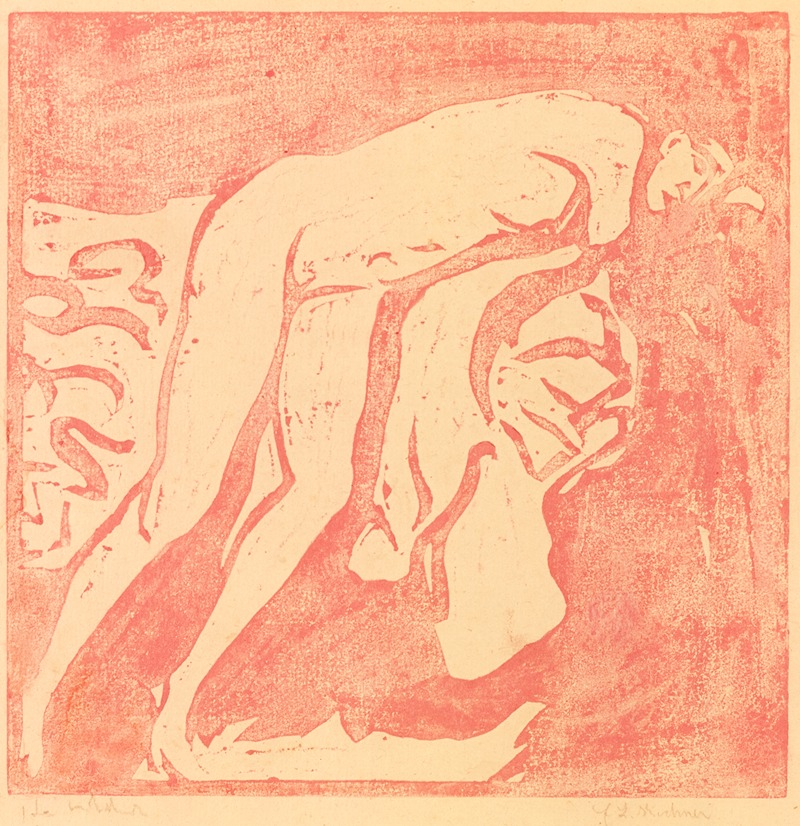
Female nude
A hand-painted replica of Ernst Ludwig Kirchner’s masterpiece Female nude, meticulously crafted by professional artists to capture the true essence of the original. Each piece is created with museum-quality canvas and rare mineral pigments, carefully painted by experienced artists with delicate brushstrokes and rich, layered colors to perfectly recreate the texture of the original artwork. Unlike machine-printed reproductions, this hand-painted version brings the painting to life, infused with the artist’s emotions and skill in every stroke. Whether for personal collection or home decoration, it instantly elevates the artistic atmosphere of any space.
Ernst Ludwig Kirchner was a prominent German expressionist painter and one of the founding members of the artist group Die Brücke (The Bridge), which played a pivotal role in the development of modern art in the early 20th century. Kirchner's work is characterized by its bold use of color, dynamic compositions, and an exploration of the human form, often focusing on themes of modernity and the human experience.
"Female Nude" is a recurring subject in Kirchner's oeuvre, reflecting his interest in the human body and its expressive potential. Kirchner's approach to the female nude was influenced by his desire to break away from traditional academic representations and to explore more raw and emotive depictions. His nudes often convey a sense of immediacy and vitality, achieved through his distinctive use of color and form.
Kirchner's nudes are notable for their vibrant palette and the way they capture the energy and movement of the human body. He often employed exaggerated forms and bold outlines, which were characteristic of the expressionist movement. This approach allowed him to convey emotion and psychological depth, rather than focusing solely on physical accuracy.
The female nude in Kirchner's work is often depicted in natural settings, which reflects the artist's interest in the connection between humanity and nature. This theme was central to the philosophy of Die Brücke, which sought to create a bridge between the past and the present, and between the individual and the natural world. Kirchner's nudes are frequently set against simplified, abstracted backgrounds, which serve to highlight the form and movement of the figures.
Kirchner's depiction of the female nude was also influenced by non-Western art, particularly African and Oceanic art, which he and his contemporaries admired for its perceived authenticity and directness. This influence is evident in the stylized forms and the emphasis on the expressive potential of the human figure.
Throughout his career, Kirchner faced significant challenges, including the impact of World War I and the rise of the Nazi regime in Germany, which labeled his work as "degenerate art." Despite these obstacles, Kirchner continued to develop his artistic vision, and his work has had a lasting impact on the development of modern art.
Kirchner's exploration of the female nude remains an important aspect of his legacy, reflecting both his innovative approach to form and color and his broader artistic concerns. His work continues to be celebrated for its contribution to the expressionist movement and its influence on subsequent generations of artists.





